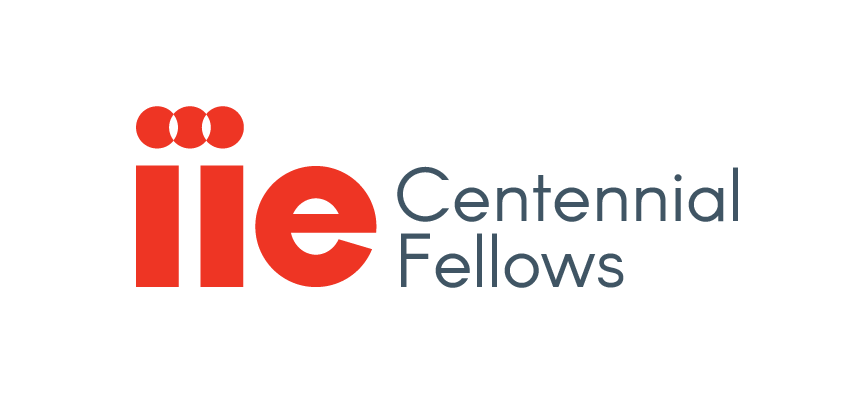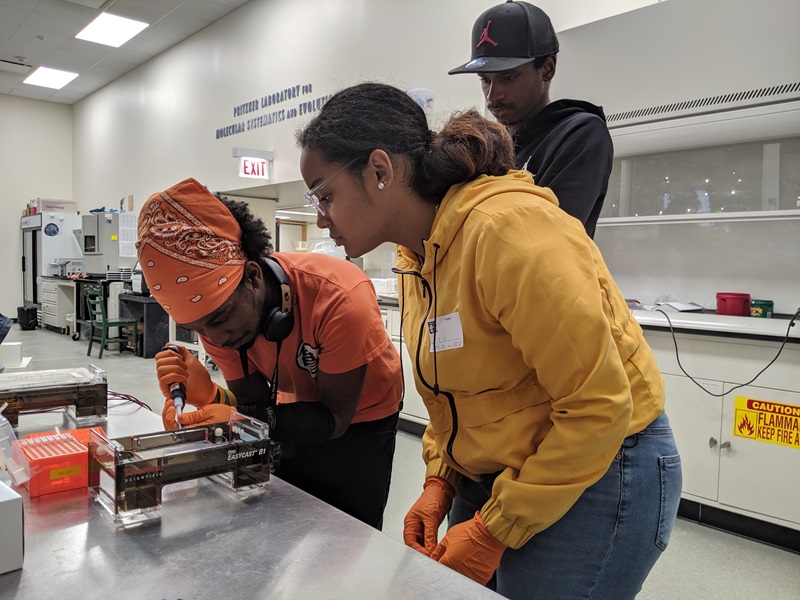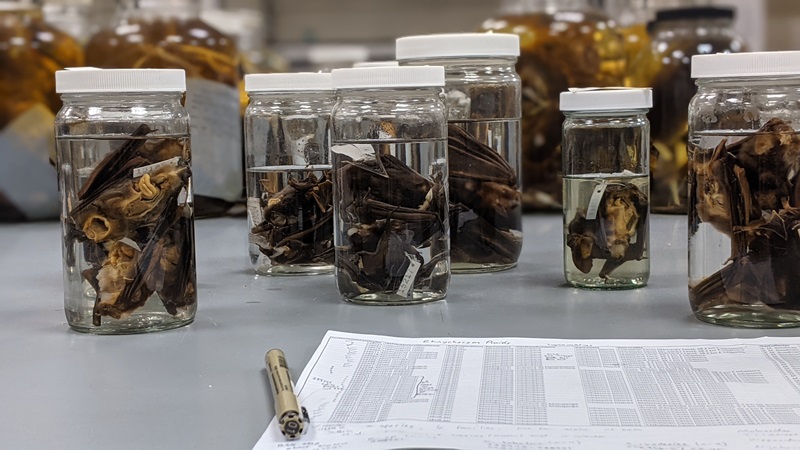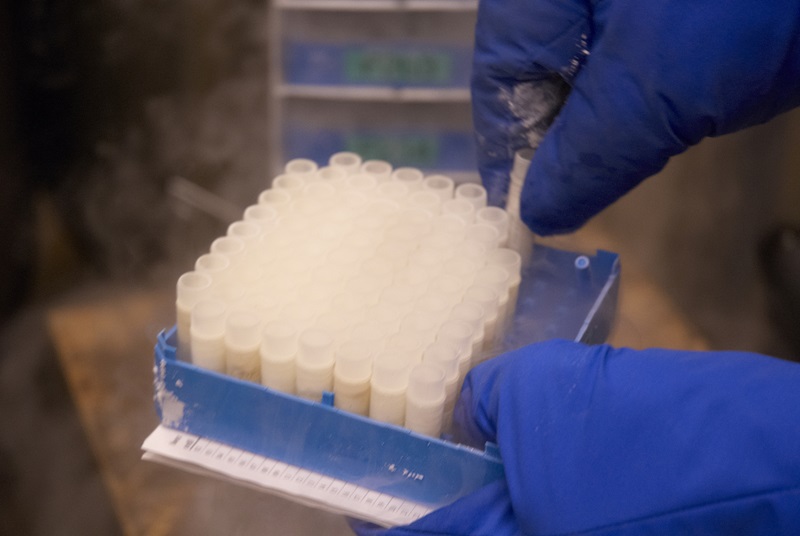
New Year: On the Hunt for Coronavirus Hosts
By: Molly McDonough, Rodman C. Rockefeller Centennial Fellow 2020
“This form of interspecies leap is common, not rare; about 60 percent of all human infectious diseases currently known either cross routinely or have recently crossed between other animals and us.”
― David Quammen, Spillover: Animal Infections and the Next Human Pandemic (2012)
Pangolins? Horseshoe bats? Palm civets? Despite being almost a year into the Covid-19 pandemic, the identity of the wildlife species which might have functioned as the spillover host for SARS-CoV-2 remains shrouded in mystery. Identifying potential hosts of SARS-CoV-2 and other SARS-related viruses is one of the many steps needed to help combat the current pandemic. However, this step is fraught with challenges ranging from elusive hosts to fast-evolving viruses.
As an Assistant Professor of Biology at Chicago State University and Research Associate at the Field Museum in Chicago, I am equally at home catching bats in remote Ecuadorian rainforests as I am pipetting DNA in a molecular lab or hacking away at computer code to process genomic data. My diverse skillset is often characterized as being “too broad”, branding me as ‘jill-of-all-trades and a master-of-none’. Fortunately, identifying and characterizing the evolution of zoonotic pathogens, those diseases which are shared between wildlife and humans, requires a diverse skill set, enabling me to train the next generation of scientists in all aspects of pathogen surveillance—from the field to the lab.
Narrowing the gap
In general, there is underrepresentation of minority groups in the fields of Science, Technology, Engineering, and Math (STEM). And while there is expected to be an 8% increase in STEM job opportunities over the next decade, the incoming STEM workforce is not representative of the population at large. In the United States for example, black and latinx minority groups hold only 13% of science and engineering jobs, yet represent nearly 30% of the population. So, how do we narrow the gap? Research suggests we need to start mentoring underrepresented groups early, that these research experiences need to be authentic, and bringing the students in as a cohort increases the potential for retention. The IIE Centennial Fellowship will allow me to work hand-in-hand with a cohort of diverse undergraduates to combine predictive modeling with molecular techniques to screen a broad, but targeted, array of potential coronavirus hosts represented by specimens housed in the Field Museum. Focusing specifically on betacoronaviruses—the infamous group of viruses that includes severe acute respiratory syndrome or SARS, Middle East respiratory syndrome or MERS, and SARS-CoV-2 (the virus that causes COVID-19)—we aim to shed light on the mystery surrounding the origins of SARS-CoV-2.

Chicago State University students will play an active role in experiment design, labwork, and analyses. The student cohort will also participate in weekly professional development meetings for advancing their careers in STEM
Spillover Science
This is not the first time in our history that a zoonotic disease has altered the course of humankind. For example, the bubonic plague—a disease transmitted to humans by fleas hitchhiking on rodents—swept through Asia, Europe, and Africa in the 14th century killing more than 50 million people. Other notorious examples of zoonotic diseases include rabies, Lyme disease, West Nile virus, Zika virus, and HIV. Unfortunately, Covid-19 won’t be the last zoonotic disease to impact humankind. As the human population continues to grow, so will the demand for resources, resulting in a greater degree of human encroachment into natural habitats and increased interactions between non-human animals and humans—thereby increasing the risk for viral spillover. And as we see from the COVID-19 pandemic, humans provide the perfect host for quickly dispersing a virus across the world. The current pandemic has challenged our species to adapt across all aspects of human life, but in particular, how to prepare for the next spillover event.
Unlocking the Vault
We still have no clear answer as to how SARS-CoV-2 made the leap into humans although evidence points strongly to a wildlife origin. Even though we have whole genome sequences of the virus publicly available, it is difficult to pinpoint the natural non-human host of virus. This is because of the properties of the viruses such as the ability to jump between host (i.e., the interspecies leap) and that small bits of the virus genome are derived from different animal hosts (i.e., recombination), such as different bat or carnivore species. The only way to tease out the effects of recombination is to broadly sample all of the potential animals that might serve as hosts of the virus to determine the sources of the different genomic regions (i.e., DNA from different animal origins). This is a non-trivial task considering there are more than 6,000 species of mammals and that there are restrictions to active fieldwork in light of the ongoing pandemic.

Bat specimens from the Field Museum mammal collection that will be screened for betacoronaviruses. These include historical specimens collected from Asia in the mid to late 1800s.
One approach to circumvent these challenges is to “unlock the vault” of the vast collections of mammal tissues and specimens housed in the world’s natural history museums. The Field Museum in Chicago has more than 240,000 preserved mammal specimens that were collected from wild populations across the world and spanning more than 100 years, about a quarter of which are bats. Although still being debated in its role as a potential host for SARS-CoV-2, bats are natural reservoirs for a variety of betacoronaviruses and so far, have maintained the closest SARS-like virus to that causing COVID-19 in humans.
With a quarter of a million specimens to choose from, how do we focus limited time and funds to maximize our chances of successfully isolating distinct betacoronaviruses? Using predictive modelling for sample selection, our project uses the characteristics of the virus as well as potential hosts to zero in on the most likely candidates to screen. Models have already been used to narrow the search to ~240 bat species and ~30 species of other mammals (including small carnivores related to weasels and mink). Every time we screen an animal that tests positive for a betacornavirus, the model will be updated and we will further be able to refine the likely candidates responsible for spillover to humans.

In addition to specimens, the Field Museum has a large series of frozen tissue samples of various organs including liver, intestines, and lung samples where viruses may be present. Samples are frozen in liquid nitrogen (-320oF) for long-term storage. Credit: © The Field Museum, GN91628_028d, Photographer Sasha Samochina.
Team CoV Hunter
Many scientific projects of this nature have limited diversity in their teams. The IIE Centennial Fellowship will allow me to integrate a diverse cohort of undergraduate STEM majors into a large collaborative project with a team of 9 scientists from 5 institutions. My position as a faculty member at Chicago State University affords me a unique opportunity to train underrepresented groups in STEM as 92% of the undergraduate students are minorities, most of whom live within five miles of the Chicago southside campus and attended local high schools. This project will include aspects of mentorship, scholarship, research, and professional experiences in order to increase the number of scientists of color in STEM. I’m looking forward to working with these students to help contribute to the global effort to combat Covid-19 through identification of spillover pathways for more effective mitigation and prevention of future disease emergence.